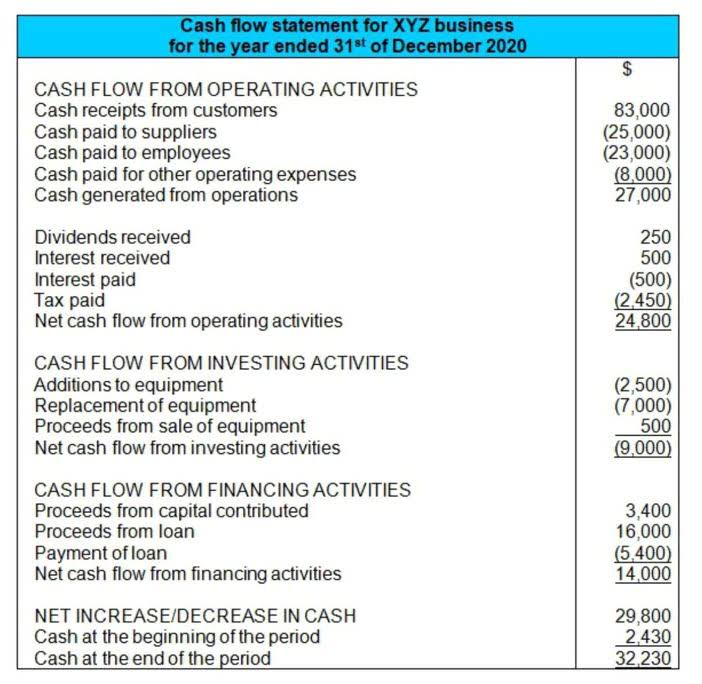What are periodic inventory systems and when are they right for your business?

Additionally, since the stock is only updated occasionally, more resources are available for other corporate operations. The perpetual system may be better suited for businesses that have larger, more complex levels of inventory and those with higher sales volumes. For instance, grocery stores or pharmacies tend to use perpetual inventory systems.

Adjusting and Closing Entries for a Perpetual Inventory System
Periodic inventory can be too simplistic, especially for businesses experiencing growth or expanding to new locations. You can use inventory valuation methods to figure out the monetary value of your inventory based on the number of goods you have. Estimation Errors – as this system lacks in giving real-time updates of the stock transactions, it causes some estimation errors in calculating the COGS. Cost of Goods Sold is the direct cost of producing the goods sold by a company. This includes the cost of labour and raw material which is directly used to produce the said goods. The COGS does not include indirect expenses like distribution and sales force costs.
- After subtracting the ending inventory from this total, the remaining balance represents the cost of the items sold.
- For the rest of the period, a business relies on estimations of its current inventory levels.
- In a periodic inventory system, you use regularly scheduled physical inventory counts to measure the cost of goods sold and see how much product you have available.
- A variation on the last two entries is to not shift the balance in the purchases account into the inventory account until after the physical count has been completed.
- The inventory is automatically updated when the cashier scans a barcode, and a customer leaves with a purchase.
Projected Inventory-Level Policies for Lost Sales Inventory Systems: : Asymptotic Optimality in Two Regimes

Our custom OMS can help in tasks such as automatic tracking and updating of inventory in real-time, across fulfillment centers and selling platforms, inventory management and a wide range of other services. In rare circumstances, the business can substitute the beginning inventory for the ending or remaining balance of inventory from the prior accounting period. Companies that lack the resources or do not want to spend a lot of money on implementing a more intricate inventory accounting system are also advised to use the system. It could be the most incredible option for when a periodic inventory system is used, new businesses, especially those with substantial inventory made up primarily of inexpensive commodities. Under the perpetual system, managers are able to make the appropriate timing of purchases with a clear knowledge of the number of goods on hand at various locations. Having more accurate tracking of inventory levels also provides a better way of monitoring problems such as theft.
Periodic vs Perpetual Inventory System: Definition, Differences, Advantages, and Disadvantages
In contrast, In a perpetual inventory system, inventory status is continuously updated after every sale and purchase. This method updates data in real time, which allows businesses to get an accurate picture of their inventory levels at any given time. The main difference between a perpetual vs periodic inventory system is the timing of when inventory is tracked. A periodic inventory system calculates the COGS following a physical inventory count at period-end, whereas a perpetual inventory system calculates the COGS after each sale. The periodic inventory system is ideal for smaller businesses that maintain minimum amounts of inventory. The physical inventory count is easy to complete, small businesses can estimate the cost of goods sold figures for temporary periods.

Explaining Periodic Inventory Control Systems
- It’s relatively easy to keep tabs on sale transactions and estimate the current inventory levels.
- In rare circumstances, the business can substitute the beginning inventory for the ending or remaining balance of inventory from the prior accounting period.
- This means that the inventory valuation in the accounting records will be inaccurate, except when a physical count is performed.
- These enterprises include modest cafés, restaurants, auto dealerships, art galleries, and so on.
- Cost of Goods Sold is the direct cost of producing the goods sold by a company.
After taking stock of all inventory, look for anomalies or statistics that seem noticeably higher or lower than anticipated to avoid this. At a grocery https://www.bookstime.com/articles/how-to-balance-your-purchase-ledger store using the perpetual inventory system, when products with barcodes are swiped and paid for, the system automatically updates inventory levels in a database. A perpetual inventory system uses point-of-sale software (POS software) to scan the barcode of each item that the company sells and adjust inventory levels accordingly.
A perpetual inventory system is a real-time inventory management system where inventory status is continuously updated after every inventory movement including purchases, sales, and returns. When physically entering or leaving an inventory we enter data on a perpetual system and the system shows the inventory status. Periodic inventory systems are a type of inventory management system in which inventory levels are not tracked on a continuous basis.

Selecting Inventory Management Software for Canadian Retailers
With numerous options available in the market, it’s essential to consider several factors to determine the system that aligns best with your business size and needs. The perpetual inventory system is expensive because you need different types of technical equipment and trained employees. Notice the COGS and Inventory figures at the https://x.com/BooksTimeInc end of the year are exactly the same under both methods. The difference is that with the perpetual system, you know the exact COGS throughout the period. A financial professional will offer guidance based on the information provided and offer a no-obligation call to better understand your situation. The articles and research support materials available on this site are educational and are not intended to be investment or tax advice.

